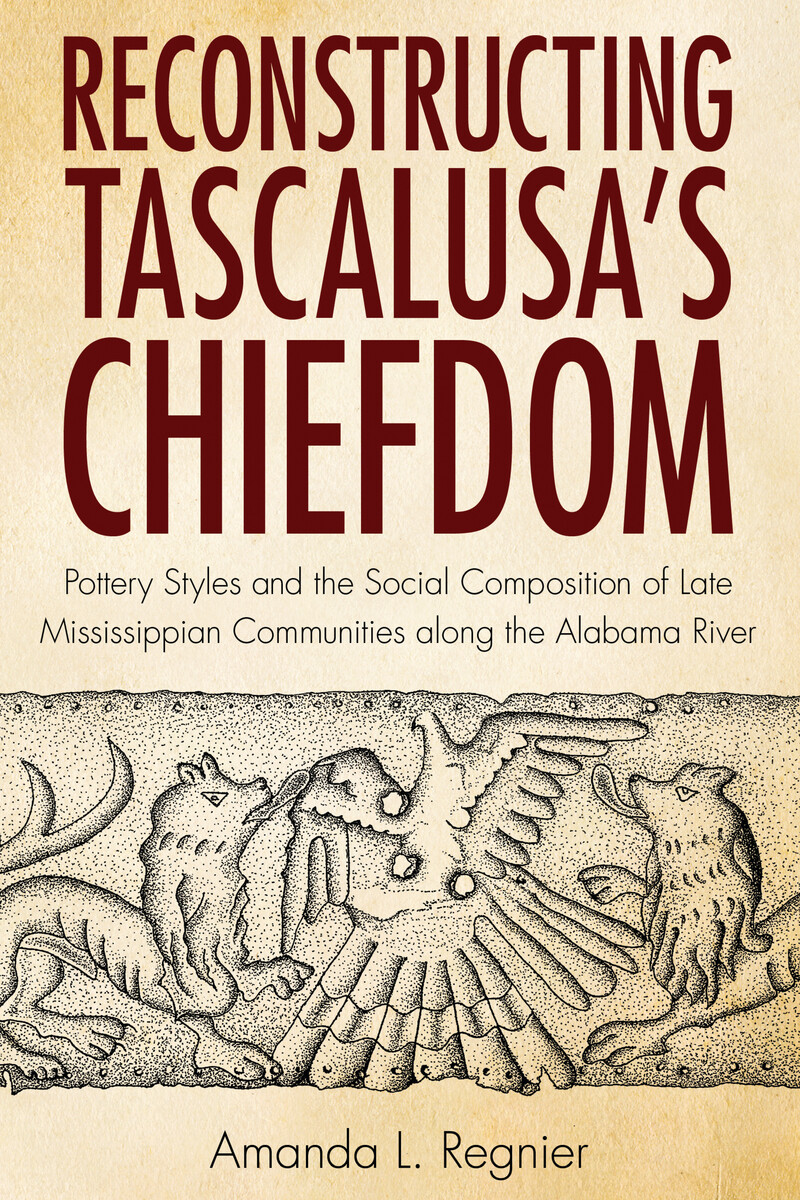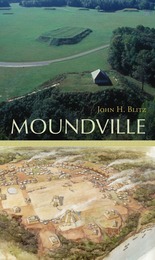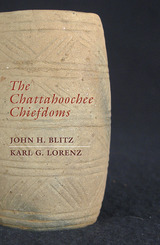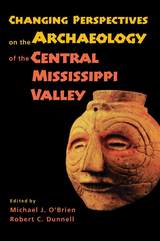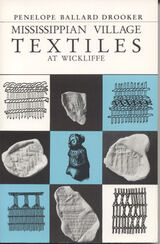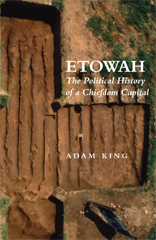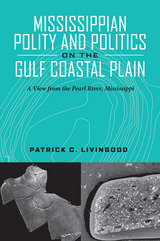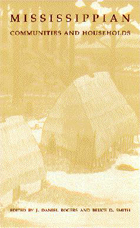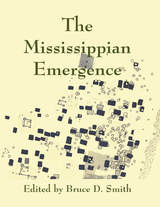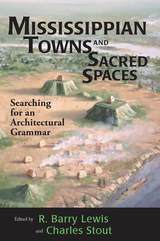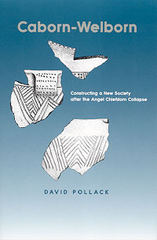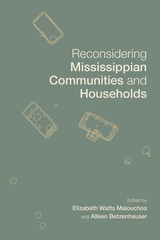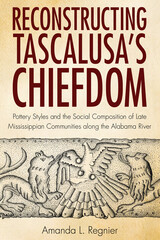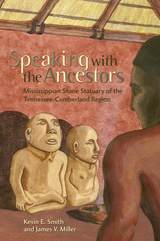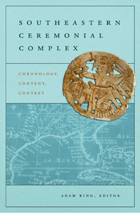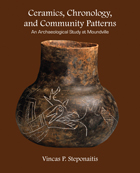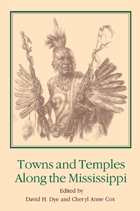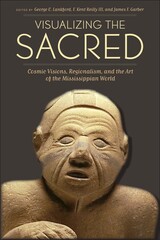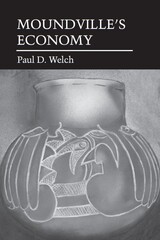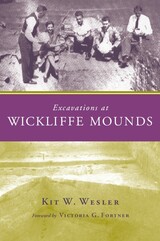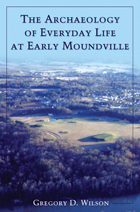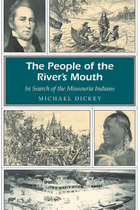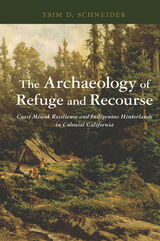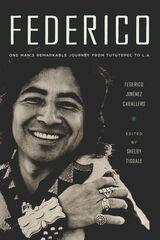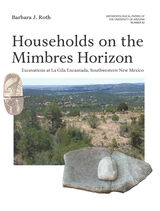Reconstructing Tascalusa's Chiefdom: Pottery Styles and the Social Composition of Late Mississippian Communities along the Alabama River
University of Alabama Press, 2014
Cloth: 978-0-8173-1840-6 | eISBN: 978-0-8173-8771-6
Library of Congress Classification E99.M6815R34 2014
Dewey Decimal Classification 976.1209031
Cloth: 978-0-8173-1840-6 | eISBN: 978-0-8173-8771-6
Library of Congress Classification E99.M6815R34 2014
Dewey Decimal Classification 976.1209031
ABOUT THIS BOOK | AUTHOR BIOGRAPHY | REVIEWS | TOC
ABOUT THIS BOOK
Reconstructing Tascalusa’s Chiefdom is an archaeological study of political collapse in the Alabama River Valley following the Hernando de Soto expedition.
To explain the cultural and political disruptions caused by Hernando de Soto's exploration deep into north America, Amanda L. Regnier presents an innovative analysis of ceramics and theory of cultural exchange. She argues that culture consists of a series of interconnected models governing proper behavior that are shared across the belief systems of communities and individuals. Historic cognitive models derived from ceramic data via cluster and correspondence analysis can effectively be used to examine these models and explain cultural exchange.
The results of Regnier's work demonstrate that the Alabama River Valley was settled by populations migrating from three different regions during the late fifteenth century. The mixture of ceramic models associated with these traditions at Late Mississippian sites suggests that these newly founded towns, controlled by Tascalusa, comprised ethnically and linguistically diverse populations. Perhaps most significantly, Tascalusa's chiefdom appears to be a precontact example of a coalescent society that emerged after populations migrated from the deteriorating Mississippian chiefdoms into a new region.
A summary of excavations at Late Mississippian sites also includes the first published chronology of the Alabama River from approximately AD 900 to 1600.
See other books on: Chiefdoms | Land settlement patterns | Mississippian culture | Mississippian pottery | Social exchange
See other titles from University of Alabama Press
